
Deploy computer vision applications at the edge with MicroShift
Learn how to deploy a trained AI model onto MicroShift, Red Hat’s lightweight Kubernetes distribution optimized for edge computing.

Learn how to deploy a trained AI model onto MicroShift, Red Hat’s lightweight Kubernetes distribution optimized for edge computing.

Explore the complete MLOps pipeline, utilizing OpenShift AI. The MLOps pipeline

Learn how to configure Red Hat OpenShift AI to train a YOLO model using an already provided animal dataset.

A common platform for machine learning and app development on the hybrid cloud.

Applications based on machine learning and deep learning, using structured and unstructured data as the fuel to drive these applications.

Learn how to install the Red Hat OpenShift AI operator and its components in this tutorial, then configure the storage setup and GPU enablement.
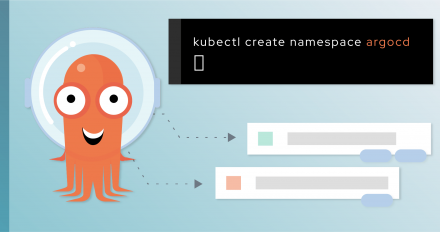
This article explains the concept of cloud-native canary deployment strategy using Argo Rollouts following a GitOps model, including a demo.

Red Hat provides AI/ML across its products and platforms, giving developers a portfolio of enterprise-class AI/ML solutions to deploy AI-enabled applications in any environment, increase efficiency, and accelerate time-to-value.

Learn how to deploy single node OpenShift on a physical bare metal node using the OpenShift Assisted Installer to simpify the OpenShift cluster setup process.

Walk through the steps to install and configure a single node OpenShift environment on Amazon Web Services.
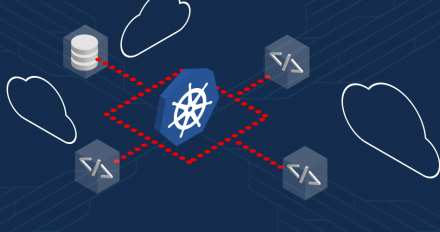
Learn how to share secrets across OpenShift projects using the shared resource CSI Driver operator, a Tech Preview feature.

Enterprise-grade artificial intelligence and machine learning (AI/ML) for developers, data engineers, data scientists, and operations.
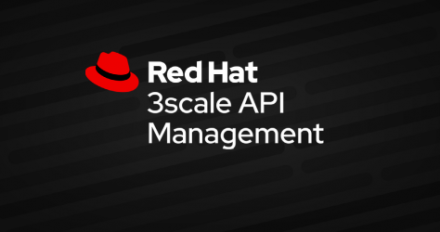
Learn about locationless API management and how it can give your organization a competitive edge in creating resilient, scalable, and secure APIs.
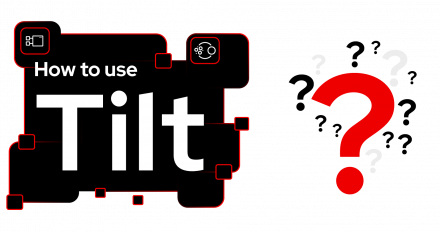
Get a hands-on introduction to Tilt, a tool that automates the inner-loop

Learn how to access a large language model using Node.js and LangChain.js. You
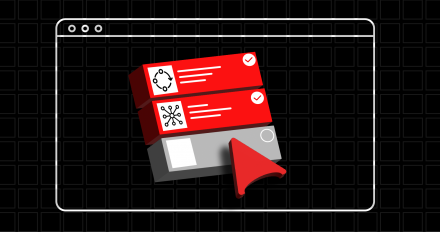
Get an introduction to OpenShift Pipelines for automated builds and deployment.
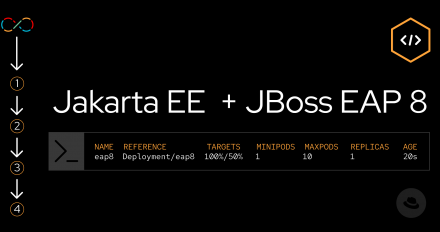
Learn how to develop modern Java applications using JBoss EAP 8 and deploy them
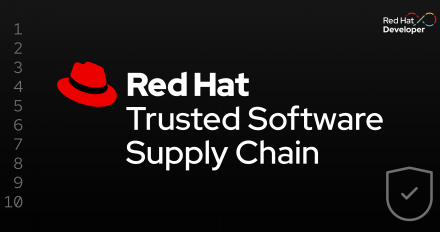
Discover how Red Hat Trusted Software Supply Chain makes it easier to create, deploy, and host security-focused applications in the container era.
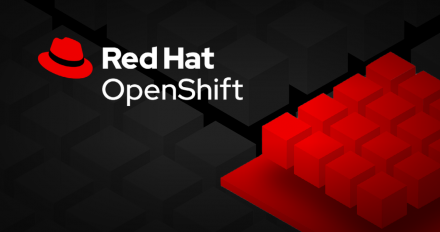
Learn how to integrate Red Hat OpenShift with Datadog using the Datadog Operator to collect metrics, logs, and events.

Explores how Red Hat OpenShift technologies can aid the transition from monolith to microservices, simplifying the process and ensuring a robust and secure application.

Data refactoring unlocks the potential for adaptable, resilient applications. Consider these techniques when migrating monolithic applications to microservices.
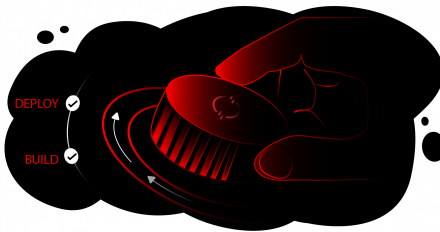
This exercise, created by Ian Lawson, demonstrates how you can go from initial
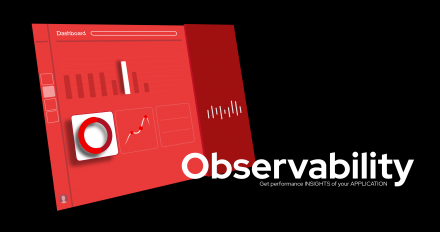

The Red Hat OpenShift application platform is comprised of many components
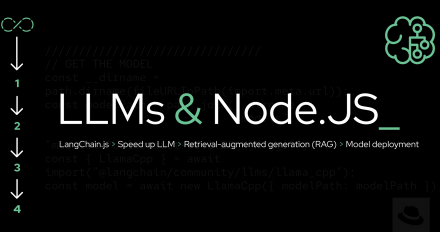
Learn how to access a large language model using Node.js and LangChain.js. You